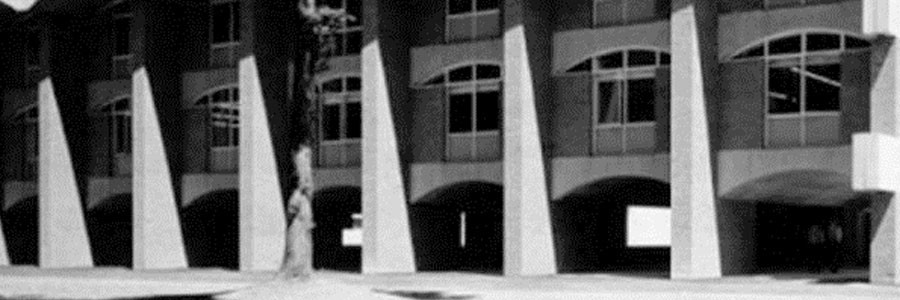Earlier this summer, Dr Wendy Garnham was one of the “torch-bearer” in the virtual torch relay event organised by AdvanceHE.
In the spirit of the Olympic Games, Wendy joined colleagues across the globe to celebrate best practice examples of assessment methods and how they overcame a very challenging year.
The project was part of the Connect Benefit series, which celebrates HE sector colleagues’ ingenuity, resilience and empathy to adapt to the changes in teaching, learning and assessment during the pandemic.
In spring, AdvanceHE invited academics to share examples of assessment practices they had introduced in response to covid-19. The purpose was to examine the different challenges academics faced to adapt their assessment methods for remote, hybrid or occasionally socially distanced in-person delivery. They then selected 89 best practice examples, which they are now publishing.
Later in July, AdvanceHE uploaded two to three contributions (short videos, posters, text documents) a day to an interactive map, where people could follow the torch’s journey across 21 countries.
Wendy’s video was published on 23 July, and we have now included it in this post with a complete transcription (automatic caption is not very accurate). It’s a brief presentation of the innovative essay writing assessment method that Wendy and Dr Heather Taylor use in our psychology foundation modules:
“Why is this cow relevant to my example of assessment? Because, as you may be aware, a cow is known to regurgitate cud as part of its normal digestive process. When faced with the task of writing an essay students often resort to regurgitating the lecture you gave them, telling you exactly what you told them. How dull! Not only that, but students often do this at the end of term, in a rather rushed fashion.
Active essay writing program rewards students for the process, as well as the end product. Using fortnightly tasks, starting with asking students to generate their own ideas about the question before they look at the academic literature, they document each stage of the process, using creative collages and digital tools.
Student feedback was positive, and wow! the essays were so much more interesting to mark. They were now thinking like kingfishers. Why kingfishers? You may not know this, but the kingfisher’s beak acted as the inspiration for an engineer to a Japanese rail company to solve a problem with high-speed trains. Innovation trumps regurgitation.
What is the moral of the story? Creativity and innovation can be fostered through effective assessment. It pays to be more like the kingfishers than to follow the example of the cow.”
As Wendy explains in the video, the assessment activity is divided into smaller two-weeks-long tasks. Each phase has an intriguing name such as ‘conversation collage’, ‘sling your hook’, ‘geographer’s dream’ and ‘painting a Rembrandt’, and they encourage students to think outside the box and come up with their own ideas for their essay questions.
The structured nature of the exercise helps students to develop their time management skills and reduces last-minute stress. And at the end of the process, they have a portfolio of materials that help lecturers identify weak points and provide helpful feedback. The results are better quality essays and fewer cases of plagiarism.
Dr Wendy Garnham is a Senior Lecturer in Psychology at the School of Psychology at the University of Sussex. She’s the Director of Student Experience for the Foundation Year programmes and the co-founder of the Active Learning Network.


[…] Source link […]